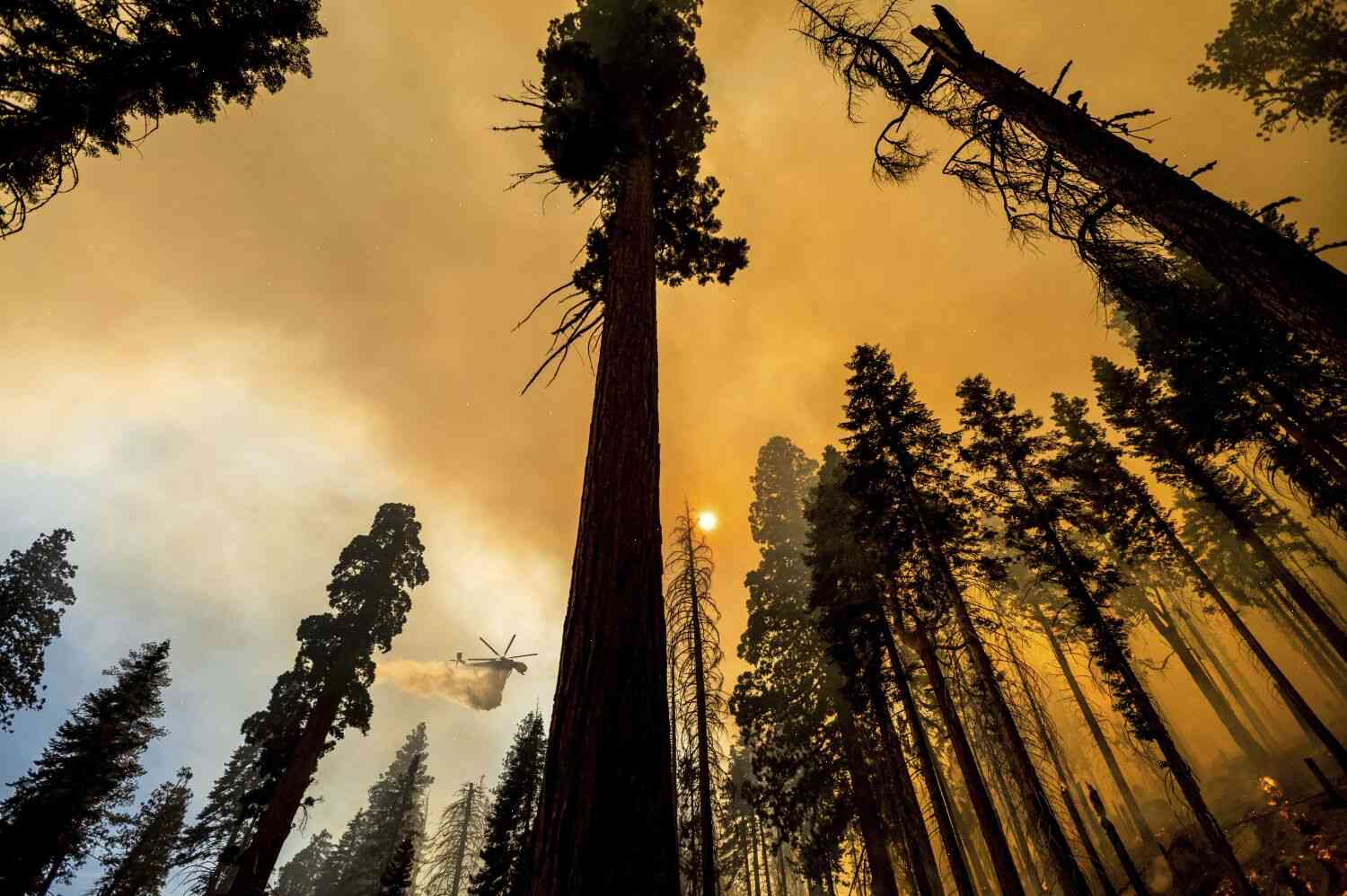Nearly a third of southern Sierra forests killed by drought and wildfire in last decade, study finds
This is an archived article that was published on sltrib.com in 2013, and information in the article may be outdated. It is provided only for personal research purposes and may not be reprinted.
When it comes to southern Sierra forests, the last thing on your mind is the drought.
But wildfires, which are on the rise across the Sierra, are the focus of the latest effort to identify key factors contributing to the devastation, a study by the U.S. Geological Survey’s Landslide Research Lab is revealing. The study found that almost a third of Sierra forested areas between 2002 and 2010 saw their most recent fires occurring during the drought years of 2005 2006, with the worst hit areas in the southern Sierra.
The study is the latest effort by the Landslide Lab to identify how natural phenomena like global warming and atmospheric changes are affecting the region, which is known for its spectacular landscapes and diverse wildlife, including the Sierra Nevada’s snowy owl and the golden eagle.
“There’s a general recognition that climate change is a part of the equation, but there’s a real need to understand the role of fire in this phenomenon and how these patterns may affect all of us,” says study co-author William J. Neff, a scientist with the USGS Geologic Investigations Office.
Last year, Neff helped initiate an initiative to investigate the role of the drought on wildfires, which have increased in frequency and severity in the Sierra since the drought began. He led a team that mapped wildfires across the region for the past two decades and found a clear relationship between droughts and fire activity. “We found the most direct relationship between drought and wildfire frequency, and that the relationship was in fact linear,” Neff says.
The drought study team found that the most extensive wildfires occurred during the 2005-2006 drought, when the region was hit by fires for more than a month at a time. This meant forested areas with high fire activity were also those experiencing the most severe drought conditions.
This year, the study also found a similar linear relationship between drought and wildfire hotspots of the most recent decade, 2011-2012: areas hit with the most wildfire activity were

